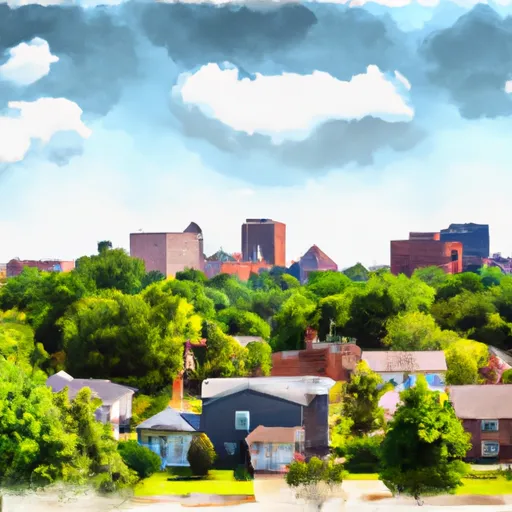°F
°F
mph
Windspeed
%
Humidity











Northwood, Ohio is a small town located in Wood County, known for its pleasant climate and outdoor recreation opportunities. The climate in Northwood is characterized by warm summers and cold winters, with an average annual temperature of around 50°F. The town is located near several bodies of water, including Lake Erie and the Maumee River, which provide ample opportunities for boating, fishing, and other water-based activities. The hydrology constituents in Northwood include freshwater lakes and rivers, contributing to a vibrant ecosystem. Outdoor enthusiasts can explore the nearby Pearson Metropark, offering trails for hiking and biking, as well as picnic areas and wildlife observation spots. With its favorable climate and abundant outdoor recreation opportunities, Northwood is a great destination for nature lovers.
Weather Forecast
Northwood receives approximately 881mm of rain per year, with humidity levels near 83% and air temperatures averaging around 11°C. Northwood has a plant hardyness factor of 6, meaning plants and agriculture in this region thrive during a short period during spring and early summer. Most plants will die off during the colder winter months.
Regional Streamflow Levels
19
Cubic Feet Per Second
55
Cubic Feet Per Second
87
Cubic Feet Per Second
24
Cubic Feet Per Second
Nearby Camping
| Camping Area | Reservations | Toilets | Showers |
|---|---|---|---|
| Metamora - Hadley Rec Area | |||
| Seven Lakes State Park | |||
| Holly State Rec Area | |||
| Groveland Oaks County Park | |||
| Highland State Rec Area | |||
| Pontiac Lake State Rec Area |



